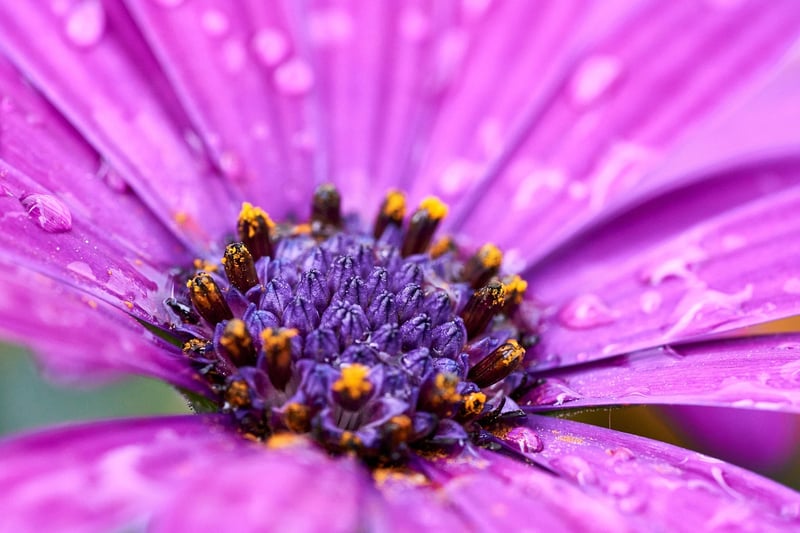Indoor plant care tips
Growing Plants in Limited Spaces + Indoor Plant Care Tips
Introduction
Whether you live in a small apartment or have limited outdoor space, you can still enjoy the benefits of gardening by growing plants indoors. Indoor plants not only add beauty to your living space but also improve air quality and create a sense of tranquility. In this article, we will explore how to grow plants in limited spaces and provide essential care tips to help your indoor plants thrive.
Growing Plants in Limited Spaces
When space is a constraint, vertical gardening can be a great solution. Consider hanging planters, wall-mounted pots, or vertical plant stands to maximize space utilization. Additionally, choose plants that are well-suited for indoor environments and do not require a lot of room to spread out.
Best Plants for Limited Spaces
- Succulents: These low-maintenance plants come in a variety of shapes and sizes and can thrive in small pots.
- Herbs: Culinary herbs like basil, mint, and parsley are perfect for indoor kitchens and can be grown in small containers.
- Air Plants: These unique plants do not require soil and can be displayed in creative ways, such as hanging terrariums.
- Spider Plant: Known for its air-purifying properties, the spider plant is easy to care for and grows well in hanging baskets.
Indoor Plant Care Tips
Proper care is essential for the health and longevity of your indoor plants. Here are some tips to help you keep your plants thriving:
- Light: Place your plants near a window where they can receive adequate sunlight. If natural light is limited, consider using grow lights to supplement.
- Watering: Avoid overwatering by allowing the top inch of soil to dry out before watering again. Different plants have varying water needs, so it's essential to research individual plant requirements.
- Humidity: Some indoor plants, like tropical varieties, thrive in high humidity. You can increase humidity levels by misting your plants or using a humidifier.
- Temperature: Most indoor plants prefer temperatures between 60-75°F (15-24°C). Avoid placing plants near drafts or heating vents.
- Fertilization: Use a balanced fertilizer during the growing season to provide essential nutrients for your plants.
Conclusion
With a bit of creativity and proper care, you can successfully grow plants in limited spaces and enjoy the beauty of indoor gardening. Remember to choose plants that are well-suited for indoor environments and provide them with the necessary light, water, and nutrients to thrive. Happy gardening!




